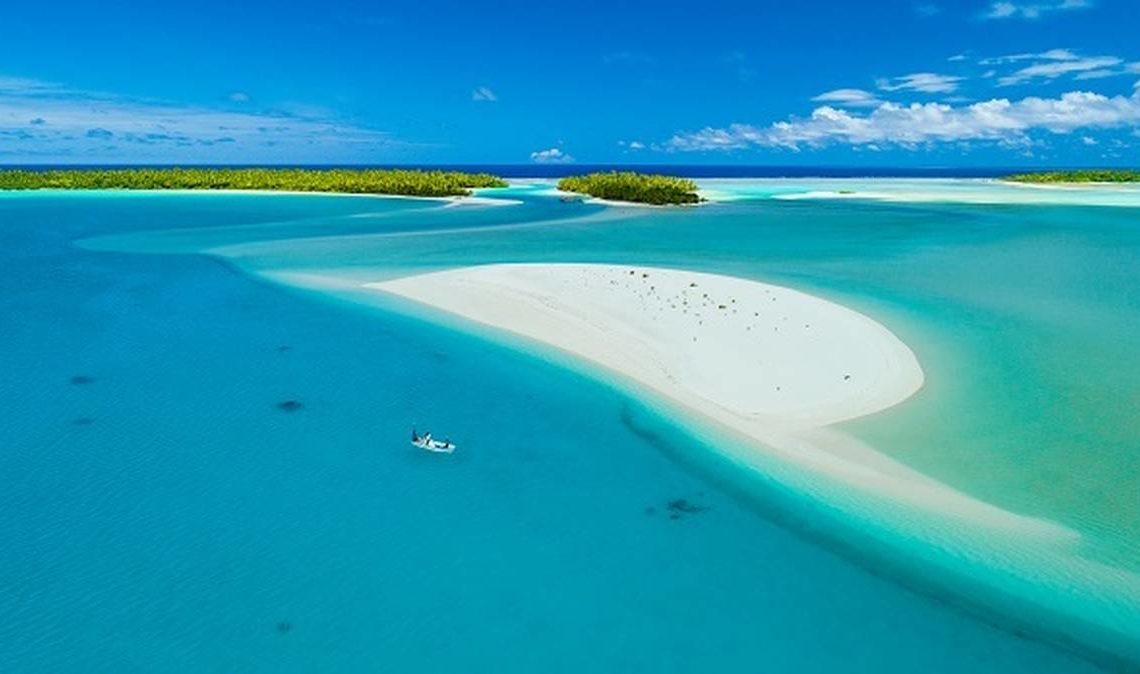
You might also like:
The Cooks have it sorted, writes Clarke Gayford.
There are 15 major islands in the Cook Islands covering a massive part of what really can only be described as the blue continent. It’s more than 2.2 million sq km, in which sits Rarotonga, which we all know and love. But apart from this, what else is there?
One island, Aitutaki, just an hour’s flight from Raro, has increasingly been popping up on people’s radars, yet visitor numbers remain low enough to retain its magic.
And magic it is, with Lonely Planet once voting it the world’s most beautiful lagoon. It’s also one of the world’s largest ringed lagoons, and at just 7m deep, it’s a snorkeller’s paradise. Several companies take advantage of this with easily available tours that include the chance to hop off at One Foot Island, a small uninhabited islet just one foot above sea level. Here semi-tame giant trevally patrol the water’s edge while a swimming channel out-front is so clear it appears photo-shopped.
Aitutaki also has a remarkable bonefish fishery, with an amazing backstory. Now, for the uninitiated, bonefish are the world’s number-one pursuit for saltwater fly fishers. Fishing folk the world over pay big money to chase a fish so fast and tricky to catch, they have given it names such as The Grey Ghost and His Highness the Shyness. Around the world, fishers spend more money chasing bonefish than they do marlin, such is its revered status.

For generations in Aitutaki, locals netted and ate the bonefish in the lagoon in large numbers. But through the assistance of some visiting fishermen, who realised what amazing specimens were here and what an opportunity that presented, they helped facilitate a complete transformation.
Instead of netting the fish, locals were trained to become guides. They were given special boats and poles to manoeuvre silently across the flats, being taught how to target the fish for visiting anglers.
This quickly developed into one of the island’s best income-earners. The money generated through fishing fees goes directly back to locals, who while unsure at first, took a chance. It’s been so successful the bonefish are now protected and all are released. The result is a win not only for the fishery, but for the residents.
This marine conservation planning is something readily embraced by the people of the Cooks. Prime Minister Henry Puna is incredibly proud of their work creating Marae Moana, the world’s largest marine protected area covering their entire economic zone, signed as law in 2017. All activity is now strictly controlled including a 50-mile zone around each of the islands where no commercial fishing is permitted.
The result is being able to get into the water and swim with schools of giant trevally, or chase bonefish on the flats, or being told off by a large moray eel that tried to bite me while I was spearing a few fish for dinner on an outer reef.
If Rarotonga is the Cook Island’s Auckland, then Aitutaki would be the Bay of Islands. Its idyllic tropical setting with mandatory palms, white sand beaches and warm calm waters, blends perfectly with the 2000 locals so laid back they banned all dogs on the island. As an aside, this has given the local cats a huge confidence boost and you can regularly see them down at the beach hunting small fish in the water under the moonlight.

Accommodation options here are covered for all budgets. I was lucky enough to spend a few nights at Aitutaki Escape where we worked with owner and chef Thomas Koteka on his delicious local Parrotfish recipe, the sunset on the deck being worth the trip alone.
Source: nzherald.co.nz
